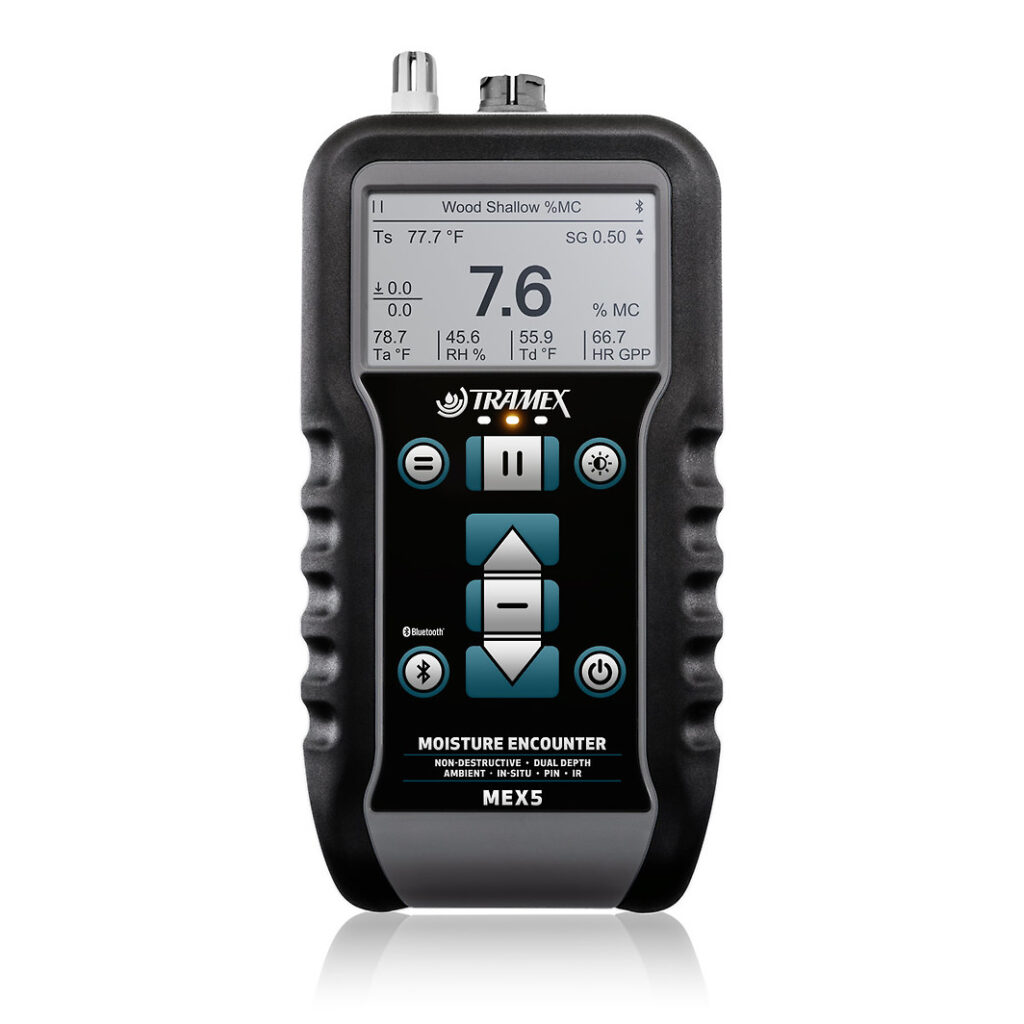Home / Resources / Product Information / Quartzites: Absorption and Staining
Quartzite: Absorption and Staining
Quartzite Fabrication/Installation
In some cases, there can be darkening on quartzite countertops after installation. Removing discoloration after installation can be difficult and sometimes may take more time and effort than replacing the top(s).
Know Your Quartzite
To help reduce an avoidable situation, this information may be helpful.
Geologically, quartzites are metamorphosed from sandstone, and depending on the amount of heat and pressure during metamorphosis, they may still exhibit many sandstone-like physical properties including high rates of absorption. Sometimes, you might hear of these quartzites referred to as “intermediate quartzites.” Quartzites that exhibit high rates of absorption (and potential staining issues) generally are in the light grey and white color ranges and primarily originate from quarries in Brazil.
Other Factors
There are other factors during the slab processing that can contribute to absorption and staining. During processing, many factories are applying acids to these slabs to remove iron or other minerals that might oxidize and cause discoloration (rust stains). This step can leave additional microscopic voids within the fabric of the stone where these minerals once existed. Depending on the dwell time of the acid treatment, only a small am out of these minerals are removed near the outer surfaces, leaving fabricators to discover oxidization deeper within the slabs once they are cut to size.
Another contributing factor is the resin treatment and protective mesh backing that are applied to many natural stone slabs. The surface resin, while not an impregnating sealer, does alter the absorptive properties at the face of the stone. The resin-applied mesh backing can create a similar moisture barrier on the back of the slabs. When fabricators cut these slabs, they expose the non resined, raw/natural, and often highly absorptive fabric of the stone. Commonly, moisture can be observed wicking into the stone very soon during fabrication. This is the best indication that the material will need additional time and effort to dry out and get sealed prior to installation.
Best Practices - Avoid Excessive Water Absorption
When absorption is observed in the shop during fabrication, best practices to avoid post installation issues include:
- First, remove 6-10 inches of any resin-applied mesh backing from the back of the slab to provide a natural path for moisture to exit the stone.
- Place the fabricated pieces in a low-humidity environment to encourage drying. This can be done with air conditioning, dry heat, dehumidifiers and circulator fans to speed up drying. A dedicated drying room can help expedite this step.
- Check the moisture level of the stone. Visual inspection is good, but verification with a moisture meter is more reliable. Dry the fabricated piece until moisture level is measured to be below 5%. Moisture meter options include Klein Tools ET140 or Tramex ME5 (see right).
- After fabrication is complete and pieces are verified to be dry, apply sealer “to rejection.” This step may require multiple repeat applications plus cure times until the stone will not accept any additional leader. This should also include sealing of any cut edges and ties of the stone.
- During installation, use non-bleed adhesives and silicone for seams and setting of pieces. Proper adhesives may cost a little more than other common resin adhesives but can prevent far more costly warranty or repair trips if discoloration shows up in a customer’s home.
Removing discoloration from installed tops can be very cumbersome. Even when initial results with poultice mixed may be encouraging, discoloration can appear again if the above steps of drying and sealing the stone are not followed.
Satisfied Customer
Quartzite tops that have been fabricated, fully dried, sealed to rejection, and installed with nonstaining adhesive are far less likely to have absorption issues. Please be sure to communicate with your clients that these materials may require a few additional days of processing to ensure a problem-free installation.


